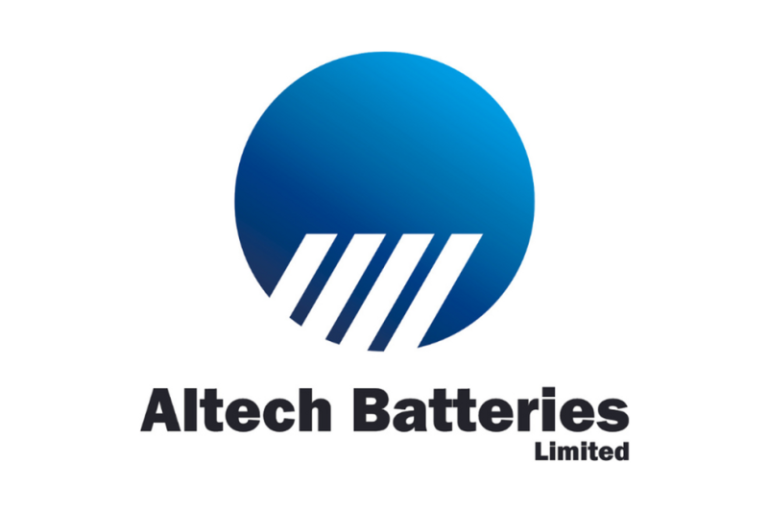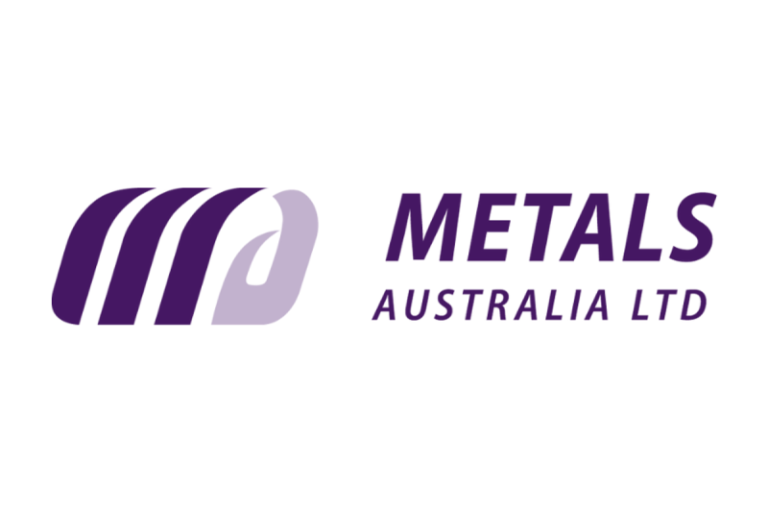U.S.-based companies announced more than 153,000 job cuts in October, the research firm Challenger, Gray & Christmas reported Thursday.
“This is the highest total for October in over 20 years, and the highest total for a single month in the fourth quarter since 2008,’ the firm said in a news release.
From January through the end of October, employers have announced the elimination of nearly 1.1 million jobs. It’s the most Challenger has recorded since 2020, when the Covid-19 pandemic shut down the global economy.
“October’s pace of job cutting was much higher than average for the month,’ Andy Challenger, the firm’s chief revenue officer, said in a statement. The last time there was a higher October monthly total was in 2003.
“Some industries are correcting after the hiring boom of the pandemic, but this comes as AI adoption, softening consumer and corporate spending, and rising costs drive belt-tightening and hiring freezes,” he said.
On Wednesday, the private payroll processor ADP released its own October jobs data, showing that employers added just 42,000 jobs in the month.
The ADP report also flagged job losses in the leisure and hospitality sector as a potential sign of trouble ahead, given the industry’s acute sensitivity to consumer sentiment.
ADP’s chief economist called the losses in hospitality and leisure a ‘concerning trend.’
Both Challenger and ADP’s reports landed as major companies such as Amazon, IBM, UPS, Target, Microsoft, Paramount and General Motors announced plans to eliminate tens of thousands of jobs.
Despite the wave of downbeat economic news, the Trump administration continues to deliver an upbeat take on the current environment.
“Jobs are booming” and “inflation is falling,” Treasury Secretary Scott Bessent said Tuesday.
However, the most recent available data paints a different picture.
Inflation has also been on the rise. Prices as measured by the Consumer Price Index overall have risen every month since April.
A spokesperson for the Treasury Department did not immediately reply to a request for comment on the Challenger report.
Challenger’s report does not typically carry the same weight with economists and investors as federal jobs data, owing to its methodology.
To arrive at its figures, the firm compiles the number of job cuts companies have publicly announced. But employers may not ultimately carry out all the cuts they roll out.
Moreover, some of the job cuts that multinational companies announce could affect workers outside of the United States. Other headcount reductions could be achieved through attrition, rather than layoffs. The report also may not capture smaller layoffs over the long run.
But in the midst of a federal data blackout caused by the government shutdown, Challenger’s latest report is being read more closely than usual.
The federal government’s October jobs report that would traditionally be released Friday will not be published this week, due to the shutdown.
Other key data about the U.S. economy like GDP and an inflation indicator called PCE, closely watched by the Federal Reserve, has also been delayed.
Challenger equated the impact of AI on the current labor market to the rise of the internet in the early aughts. “Like in 2003, a disruptive technology is changing the landscape,” it said.
‘Technology continues to lead in private-sector job cuts as companies restructure amid AI integration, slower demand, and efficiency pressures,’ Challenger said.
But even firms that are not actively cutting jobs have warned that they do not plan to add to their headcount in the near term, with several pointing directly to AI’s impact on their personnel needs.
On Wednesday night, JPMorgan Chase CEO Jamie Dimon told CNN that headcount at his company would likely remain steady as the nation’s largest bank rolls out AI internally.
Goldman Sachs CEO David Solomon also recently told his employees that the firm would ‘constrain headcount growth through the end of the year,’ as it takes advantage of AI efficiencies, Bloomberg reported.










